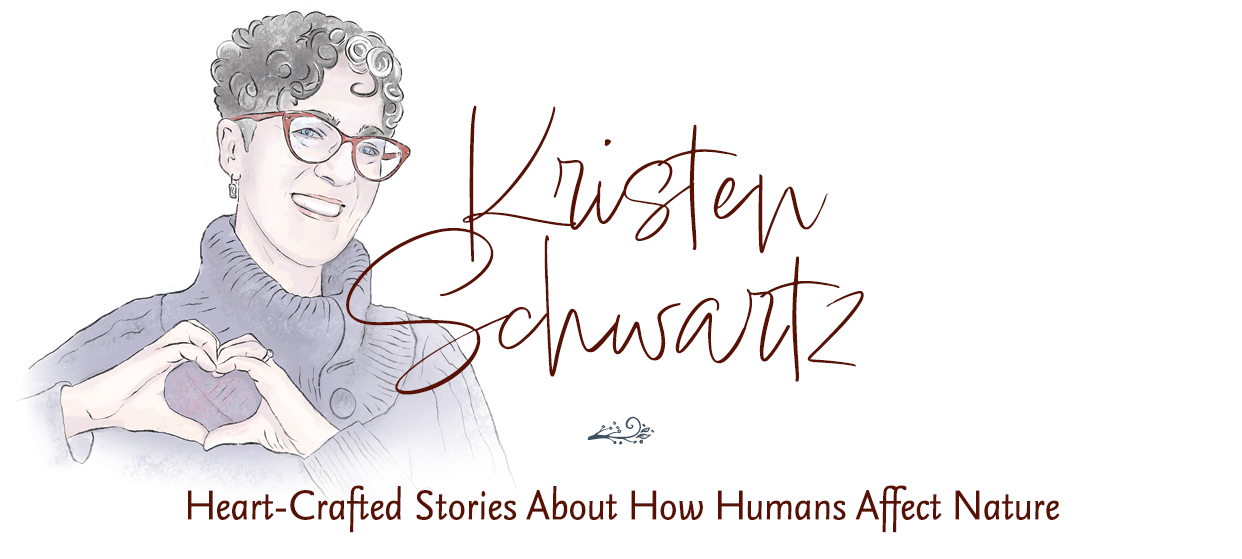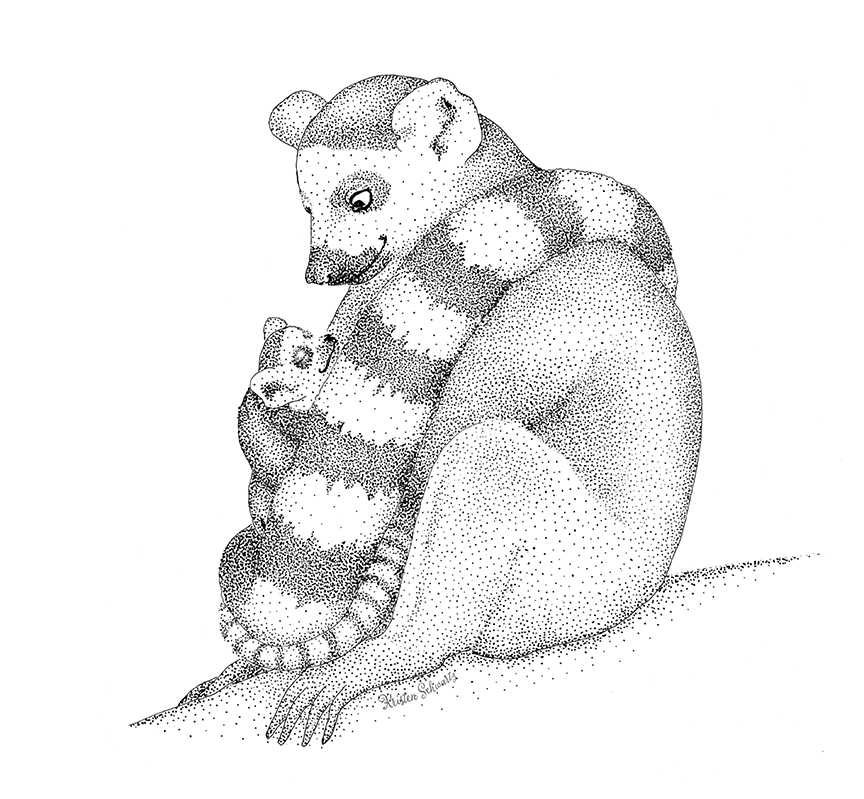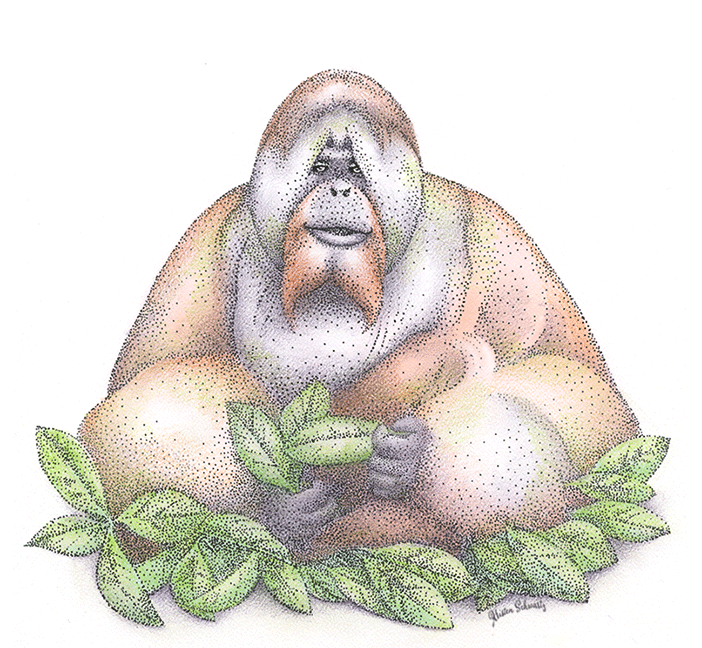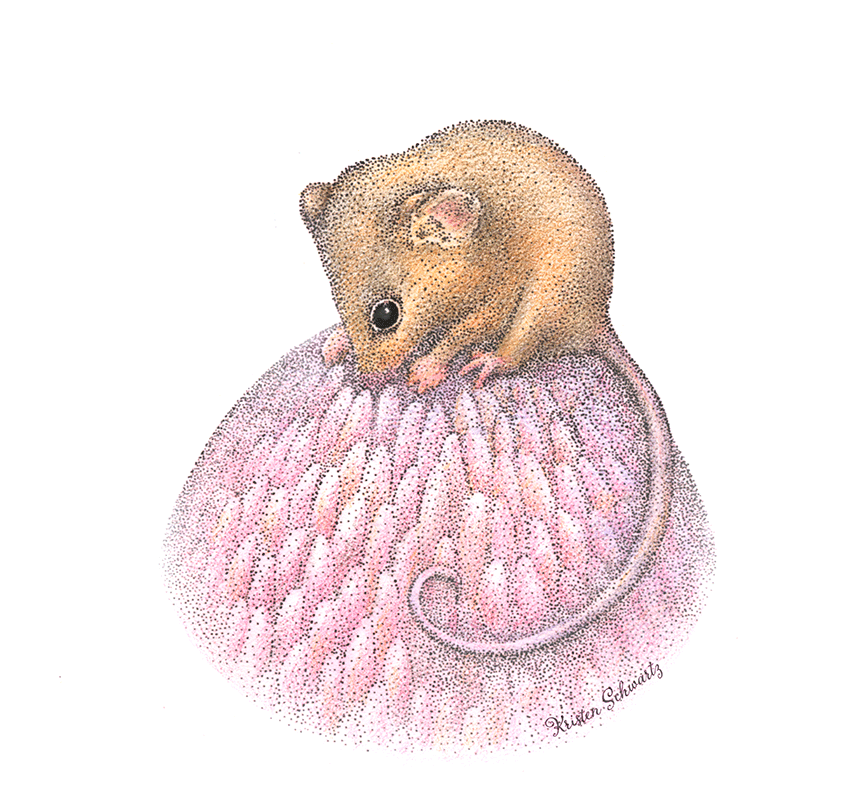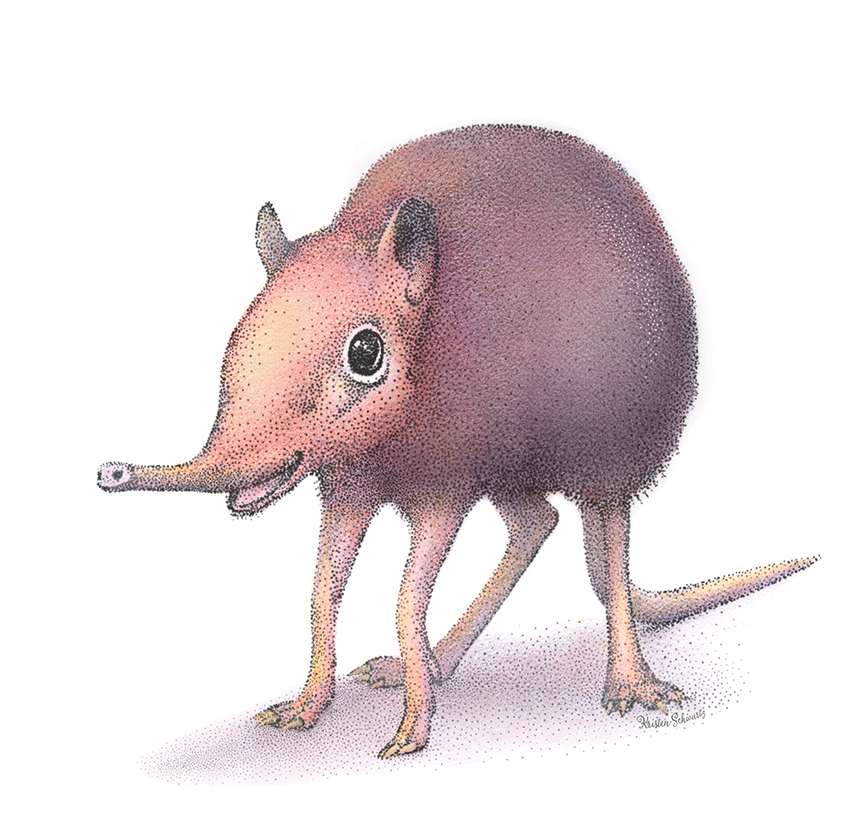ANIMATED ILLUSTRATION • GIFs
Simple animated illustrations are perfect for educational purposes, getting ideas across, enhancing text, or adding visual interest to a page. Images provide a pleasant resting place for the eye in a sea of information, and adding a little movement creates a layer of magic and increases engagement. You can use GIFs on websites, social media, digital books, and many other creative ways. Contact me to learn more about the custom creation and usage of GIFs for your project. In the meantime, look through the following sets of images to see them in action.
TIP:Click on the little dots below the text under each image to navigate back and forth within each group, or, on a touchscreen, swipe to see the following image.
- lemurs.schwartz.gif
Movement doesn't have to be big and loud to make the page more alive. Slight movements can create a much-needed quiet moment. Awwww...
- blinkinghippo.kristenschwartz.gif
An animated illustration can add visual interest to a page or make the text more inviting.
- winterweasel.kristenschwartz.gif
Even subtle movement can make a difference in the internet's never-ending sea of noise.
ENDANGERED ANIMALS
- orangutan.animation.schwartz.gif
Orangutans are extinct in much of Asia because clearing areas for palm oil plantations destroyed most of their forest habitat.
- grevyszebra.kristenschwartz.gif
Grevy’s zebras are the largest species of zebras. Fun Fact: Stripes help zebras avoid being bitten by flies. UC Davis Professor Tim Caro and Martin How of the University of Bristol found that stripes may disrupt a fly’s ability to make a controlled landing. Because of their low-resolution eyes, they either miss the zebra entirely or bump into them—losing the opportunity to bite. Endangered: Fewer than 2,500 Grevy’s zebras left in the wild more recently due to habitat loss and disease. Learning and sharing about endangered animals help raise awareness and contributes to their overall protection.
- polarbear.schwartz.gif
Polar bears are the first to be put on the endangered list because of climate change. The ice floes they depend on are melting at an alarming rate.
POLLINATORS
- kristenschwartz.honeypossum.gif
The honey possum, a tiny nectar-eating marsupial, has a specialized tongue that can dip into flowers. As it moves from flower to flower eating nectar, pollen becomes attached to its fur and is then transferred to other flowers, pollinating plants as it goes.
- kristenschwartz.bumblebee.gif
What's the buzz? Buzz pollination. Bumblebees use it to shake the pollen out of flowers that other bees can’t access. Important for kiwis, tomatoes, blueberries, cranberries & eggplants.
- tinybutterfly.kristenschwartz.gif
This tiny pollinator has a wing span of about an inch! The endangered Miami Blue Butterfly.
WEIRD & WONDERFUL
- elephant.shrew.kschwartz.gif
Elephant shrews are more closely related to elephants, aardvarks, and anteaters than shrews. They’ve been recorded to reach speeds just shy of 18mph and can jump as high as three feet. Unfortunately, forest fragmentation threatens their existence, and populations are declining.
- pangolin.kristenschwartz.gif
Pangolins are curious creatures. They can hang by their tails, run on two feet, ride on their mother’s back, and sometimes look like artichokes! They’re covered in armor-like scales and roll up in a ball to protect themselves, but they aren’t related to armadillos. They have no teeth, eat ants, and have a tongue longer than they are, but they aren’t related to anteaters. They emit a noxious-smelling chemical from their posterior but aren’t related to skunks. Although they seem very similar to other animals, they are more closely related to cats, dogs, and bears! Six of the eight species of pangolin are endangered. Awareness, curiosity, and love are the best place to start in saving these phenomenal creatures.
The uses for GIFs are endless...& so much fun! Contact me to find out how they can enhance your next project.
More Illustration Galleries:
Proud member of the Society of Children's Book Writers and Illustrators since 2005.
